Microbial Inhabitants of Humans: Their Ecology and Role in Health and Disease
This advanced textbook provides a unique overview of the microbial communities (normal indigenous microbiota) inhabiting those regions of the human body that are exposed to the external environment, including the skin, eyes, oral cavity and the respiratory, urinary, reproductive and gastrointestinal tracts. In order to understand why particular organisms are able to colonise an anatomical region and why the resulting microbial community has a particular composition, an ecological approach is essential. Consequently, the key anatomical and physiological characteristics of each body site are described throughout the book. The crucial roles of the indigenous microbiota in protecting against exogenous pathogens, regulating the development of our immune system and mucosae, and providing nutrients are also discussed. The involvement of these organisms in infections of healthy and debilitated individuals are discussed throughout and methods of manipulating the composition of the indigenous microbiota for the benefit of human health are also described.
{{comment.content}}
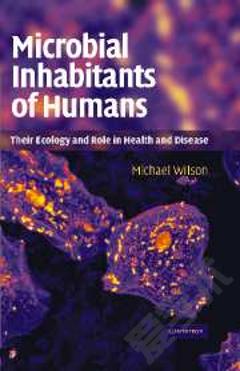

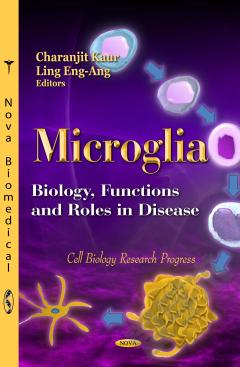
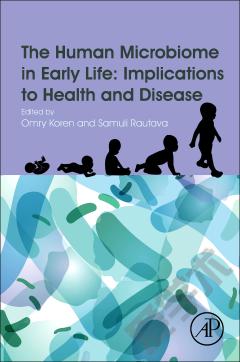
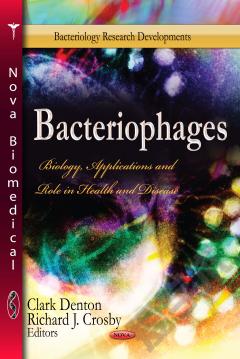
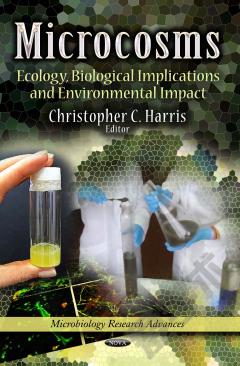


 京公网安备 11010802027623号
京公网安备 11010802027623号